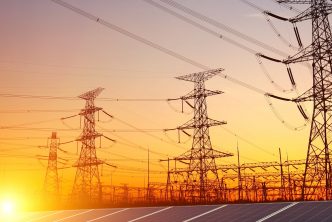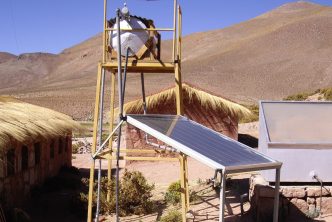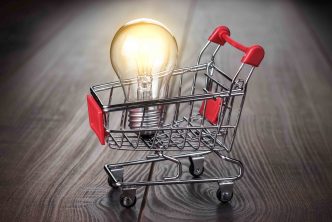The Journey So Far
Electricity consumers in Nigeria are stuck in an electricity supply industry with a low incentive to serve them efficiently. Over the years, there have been inadequate investments and business solutions to improve Nigeria’s electricity supply to unserved and underserved areas. About 45 percent3 (90 million) of Nigerians currently live in darkness, without access to electricity connections. For 55 per cent of the citizens with access to grid-supplied electricity, the reliability of electricity supply is low. Only about 30 per cent of the installed generation capacity (13,000 MW) gets to the consumers. This dire situation is a result of a myriad of challenges, including capacity challenges with the transmission and distribution networks.
Amid the coronavirus (COVID-19) pandemic, Nigeria has failed to provide a reliable and adequate electricity supply to its citizens. Access to electricity for improved health services remains absent in many hospitals, clinics and health care centres across the country. Suffice to say that deficient electricity supply has always been an issue for Nigerians. Now, this issue has become pronounced given the current pandemic, and the resulting socio-economic implications. The status quo remains; every citizen wants reliable electricity supply at all times. Consequently, Nigerians seek alternative solutions, and there is a growing interest in renewable energy.
The Green Roadmap:
So, What’s the Plan? To ensure a seamless transition to renewable energy, a national electrification plan can ensure that both on-grid and off-grid capacity targets are met within a stipulated timeline. It is important to note that the plan must be strictly adhered to and properly implemented. The key aspects for a well-structured electrification plan will include prioritising areas with fewer connections or lower electricity access, establishing electrification targets, data gathering, and proper integrated planning of energy resources. The strategic plan will also adopt both multi-level (top-down and bottom-up) and multi-stakeholder approaches to provide least cost electrification solutions to both unserved and underserved consumers at affordable prices and an acceptable quality of service. Nigeria has several ongoing government initiatives, including the Energising Economies Initiative (EEI), Energising Education Programme (EEP), Nigerian Electrification Project NEP) and the Presidential Power Initiative (PPI). These initiatives adopt several methods to supply electricity to disadvantaged Nigerians. These methods include grid extension, mini-grids, stand-alone systems, decentralised renewable energy generation, among others.
For More, Download the full Essay.







